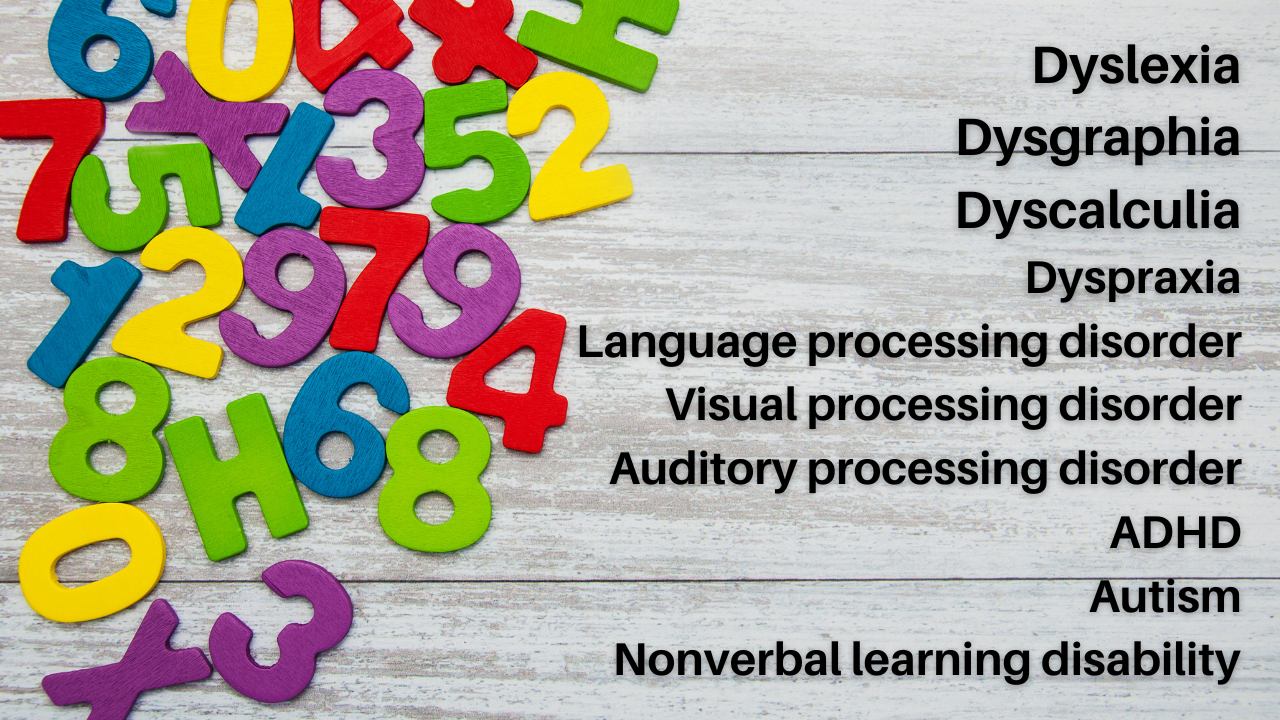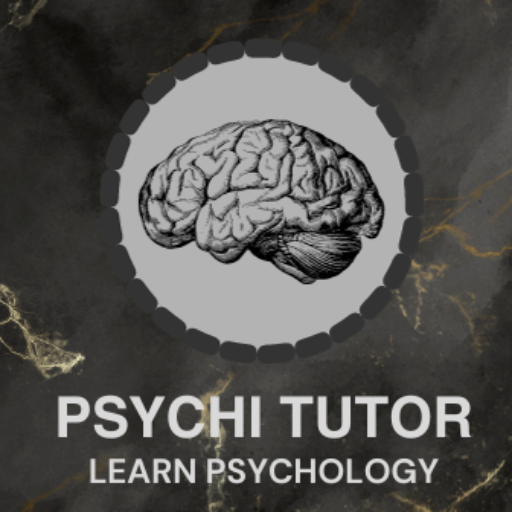Learning disability look very different from one child to another because of wide variations. One child may struggle with readin, spelling while another loves books but can’t understand math. Nevertheless some other baby might also have problem know-how what others are announcing or speaking out loud. The issues are very specific, but they may be all learning problems.
Signs and Symptoms of learning disability ( Pre-School age )
- problems pronouncing words.
- Trouble finding in the right word.
- Difficulty rhyming.
- Trouble learning the alphabet, numbers, colors, shapes or days of the week.
- Difficulty of following directions or learning routines.
- Difficulty controlling crayons, pencils, scissors or coloring with in lines.
- Trouble with buttons, zippers, snaps, or getting to know to tie footwear.
Signs and symptoms of learning disability (Age 5 to 9)
- Trouble learning the relationship among letters and sounds.
- Trouble learning basic math connection.
- Difficulty telling time and remembering sequences.
- Unable to blend sounds to make words.
- Confuses basic words when reading.
- Slow to learn new skills.
- Consistently misspells words and makes frequent errors.
Signs and Symptoms of learning disability ( Age 10 to 13 )
- Difficulty with reading comprehension or math skills.
- Trouble with open-ended test questions and word problems.
- Dislike reading and writing.
- Avoid reading aloud.
- Poor handwriting.
- Poor organizational skills
- Trouble following school room discussions and expressing mind aloud.
- Spell the same word differently in a single document.
Learning Disability in reading, writing and mathematics
Getting to know disabilities are frequently grouped by school-area skill set. If your child is in school, the types of learning disorders that are most noticeable usually revolve around reading, writing and math. These disabilities are;
- Dyslexia
- Dyscalculia
- Dysgraphia

Learning disability in reading (Dyslexia)
- These are two types of learning disabilities in reading. Primary reading issues arise while there may be problem know-how the connection between sounds, letters and phrases.
- Reading comprehension problems arise when there may be an inability to understand the which means of phrases, phrases and paragraphs.
- Letter and word recognition.
- Understanding words and ideas.
- Reading speed and fluency.
- General vocabulary skills.
Learning disability in Math (Dyscalculia)
- Learning disabilities in math vary greatly depending on the child’s other strengths and weaknesses. A child’s ability to do math will be affected differently by a language learning disability, a visual disorder, or a difficulty with sequencing, memory or organization.
- A child with math based learning disorder may struggle with memorization and organization of numbers, operation signs and number “Facts” (like 5+5=10 or 5*5=25).
- Children with math studying disorders might also have trouble with counting ideas or have trouble telling time.
Learning disabilities in writing (Dysgraphia)
Learning disability in writing can contain the bodily act of writing or the mental interest of comprehending facts. Simple writing disease refers to bodily trouble forming facts. Fundamental writing disease refers to bodily trouble forming words and letters. Expressive writing disability shows a warfare to organize thoughts on paper.
Signs of written language learning disability revolve around the act of writing
- Neatness and consistency of writing.
- Accurately copying letters and words.
- Spelling consistency.
- Writing organization and coherence.
Learning disabilities in Motor Skills (Dyspraxia)
- Motor problem refers to issues with movement and coordination whether it is with first-class motor capabilities or gross motor capabilities. A motor disability is every so often called an “output” pastime which means that it relates to the output of information from the mind. So one can run, bounce, write or reduce something, the mind ought to be able to communicate with the necessary limbs to finish the movement.
- Signs that child might have a motor coordination disability include problems with physical abilities that require hand-eye coordination, like holding a pencil or buttoning a shirt.
Learning Disability in language (Aphasia/Dysphasia)
- Language and conversation gaining knowledge of disabilities involve the potential to apprehend or produce spoken language. Language is also taken into consideration an output activity because it calls for organizing thoughts in the brain and calling upon the proper words to verbally explain or communicate something
- Sign of mastering based totally mastering disease contain troubles with verbal language competencies, together with the capability to retail story, the fluency of speech and the potential to apprehend the that means of words, guidelines.

Diagnosis and testing process for learning disabilities
It involves trying out, history taking and observation by way of a educated specialist. Finding a reputable referral is critical. Start together with your child’s school, and if they are unable to help you, ask your physician or buddies and family who have deal successfully with getting to know disabilities
Styles of professionals who can be able to test for and diagnose mastering disabilities encompass:
- Clinical psychologists
- School psychologists
- Child psychiatrists
- Educational psychologists
- Developmental psychologists
- Neuro-psychologists
- Occupational therapists
- Speech and language therapists

